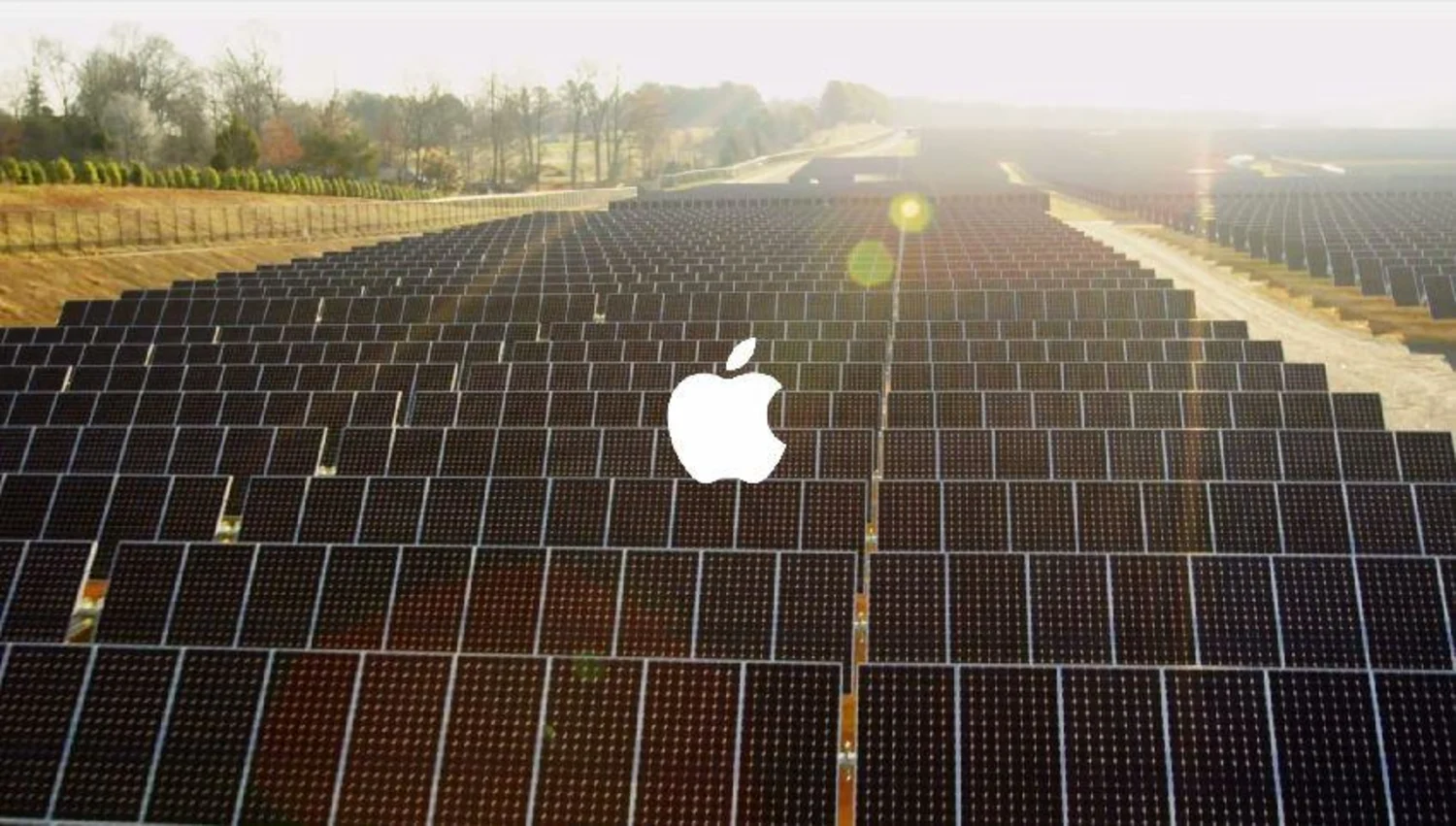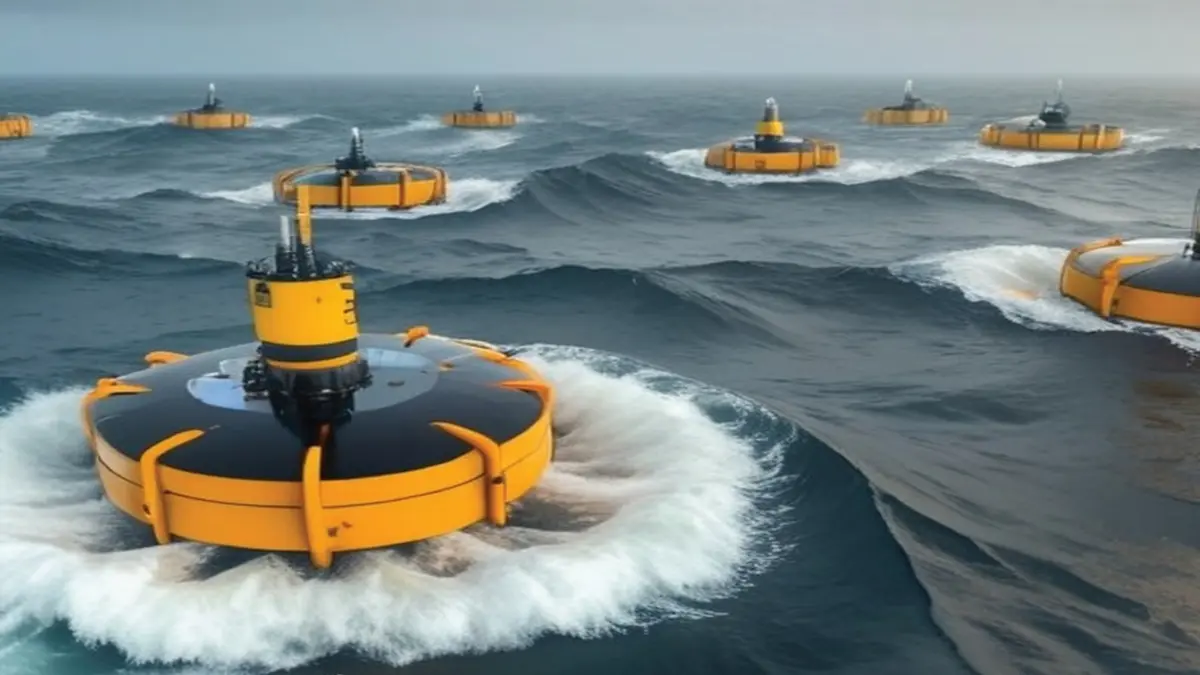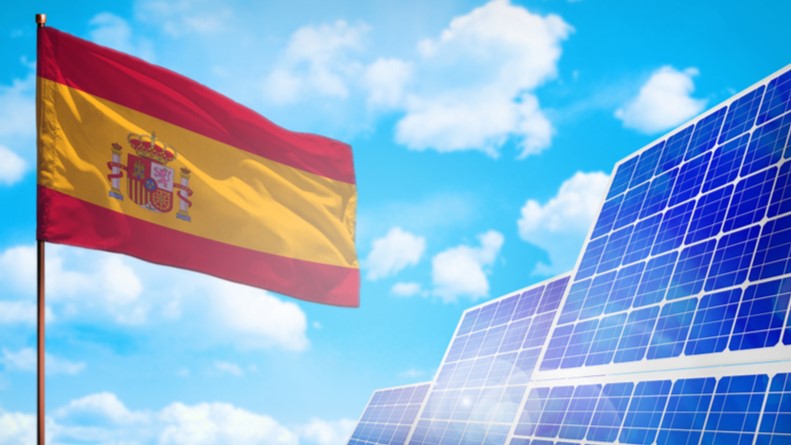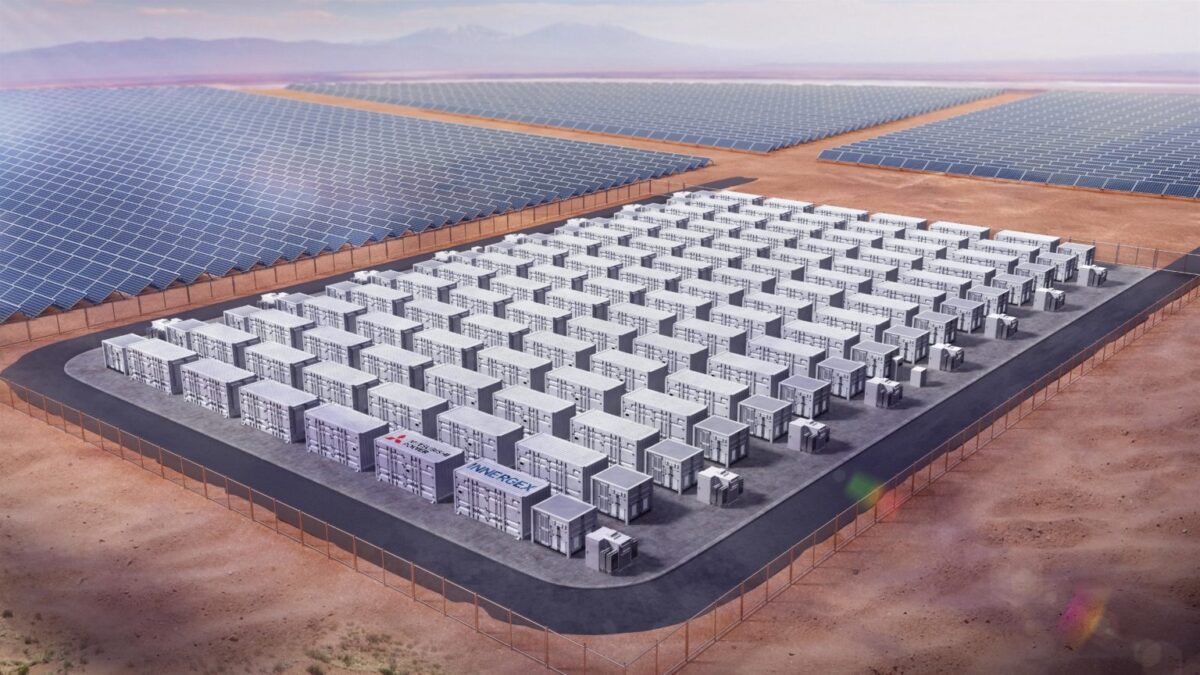A German renewable energy solutions company has recently commissioned the world’s first vertical floating solar power plant, which has the potential to redefine how clean energy is generated from inland waters.
The plant, located at the Jais gravel pit in the Starnberg district of Bavaria, has an installed capacity of 1.87 megawatts (MW) and is expected to produce roughly 2 gigawatt-hours (GWh) of electricity annually.
According to SINN Power, this is enough to power hundreds of households while occupying just 4.65 percent of the lake’s surface area. “This project is innovative,” Gottfried Jais, the director of Kies- und Quetschwerk Jais, which operates the gravel pit, revealed.
The system reduced the site’s grid power use by nearly 60 percent during its initial phase and could reach up to 70 percent efficiency once fully optimized.
The firm’s patented Skipp-Float system introduces a vertical east-west orientation for the solar panels. The design separates the panels with open water corridors at least 13 feet (four meters) wide. This allows light reflection and air circulation.
According to SINN Power, the arrangement supports a more balanced power generation through the day, and boosts output during morning and evening hours when typical PV installations produce less electricity.
“Relatively easy to carry out, as it does not require any land and adapts perfectly to our production plant, which operates during the day, especially in the sunniest months of March to December, so it can use much of the electricity generated,” Jais said.
A keel-like structure anchors the modules about 1.6 meters below the surface, allowing them to move flexibly with wind forces and changing water levels.
In addition, the plant connects to the grid via a floating cable and a shore-based feed-in point. This ensures smooth energy transfer without disturbing the lake’s ecosystem.
SINN Power stated that the project meets the requirements of Germany’s Federal Water Resources Act (WHG), remaining well within the legal limit of 15 percent maximum surface coverage.
As per the firm, with a second 1.7 MW phase currently under development, the total footprint will remain under 10 percent. Meanwhile, early environmental monitoring has suggested that the installation has no negative ecological impact.
In contrast, SINN Power reported that the system has improved the water quality and created new habitats for fish and waterfowl around the floating structures.
“We are following the topic of energy storage and conversion with interest and are eager to see whether there will soon be workable and economical solutions here, too,” Jais concluded.
The power plant’s inauguration ceremony was attended by prominent industry and government figures, including Markus Söder, Bavarian Minister-President, Egon Westphal, Bayernwerk CEO, Stefan Frey, Starnberg district administrator, and Philipp Sinn, PhD, CEO and founder of SINN Power.








